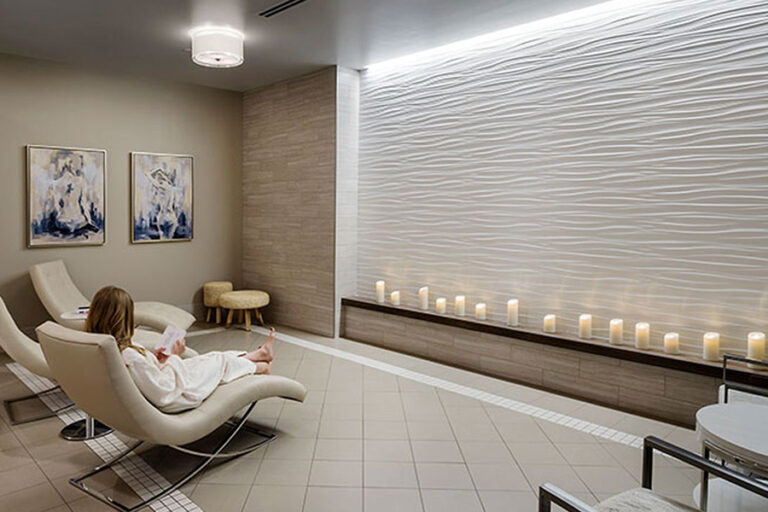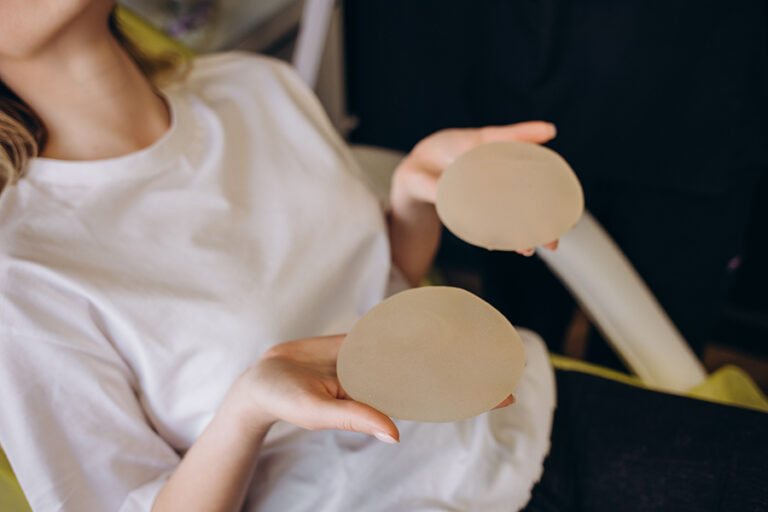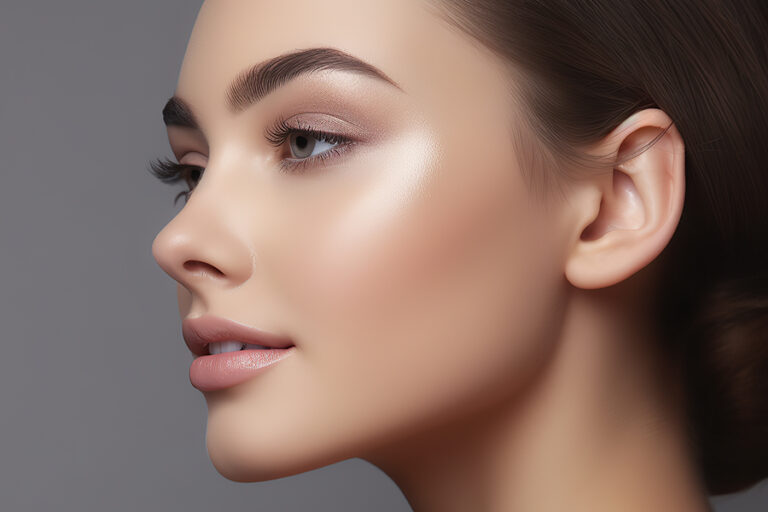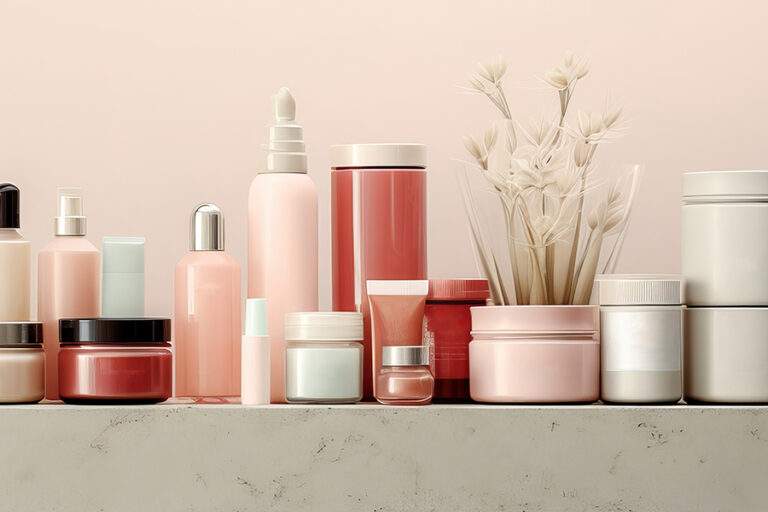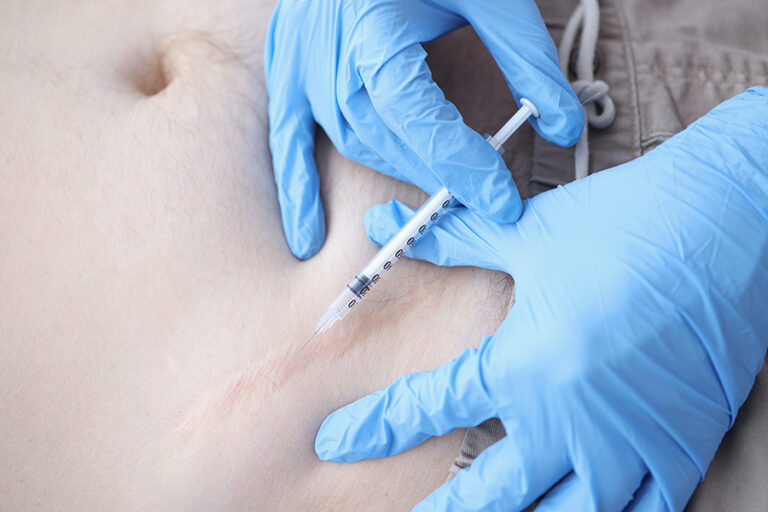Shield Your Skin
Get the lowdown on which sunscreen protects you best.
One of the biggest misconceptions about sunscreen is that to get better protection, you need higher sun protection factor (SPF) levels. But that’s not always true. SPF 50 blocks 98% while SPF 30 is only slightly less effective, blocking 97% of skin-damaging radiation.
High SPF levels can lull people into a false sense of security. Someone may apply a high-SPF lotion only once per day, instead of every two hours, as recommended. For this reason, the U.S. Food and Drug Administration is trying to cap SPF ratings at 50.
What’s your number? The American Academy of Dermatology recommends that adults and children of all skin types use sunscreen with an SPF of at least 30 and on that is broad-spectrum, meaning it protects against both UVA and UVB rays. No matter the SPF, reapply sunscreen regularly – ideally every two hours – particularly after swimming or engaging in activities that make you sweat.
Finally, avoid sunscreen with para-aminobenzoic acid, or PABA, if you have sensitive skin.
Make skin cancer screenings part of your annual wellness routine.
Article credit unitypoint.org featured in the LiveWell Newsletter Wellmark Blue Cross Blue Shield – June 2016.


